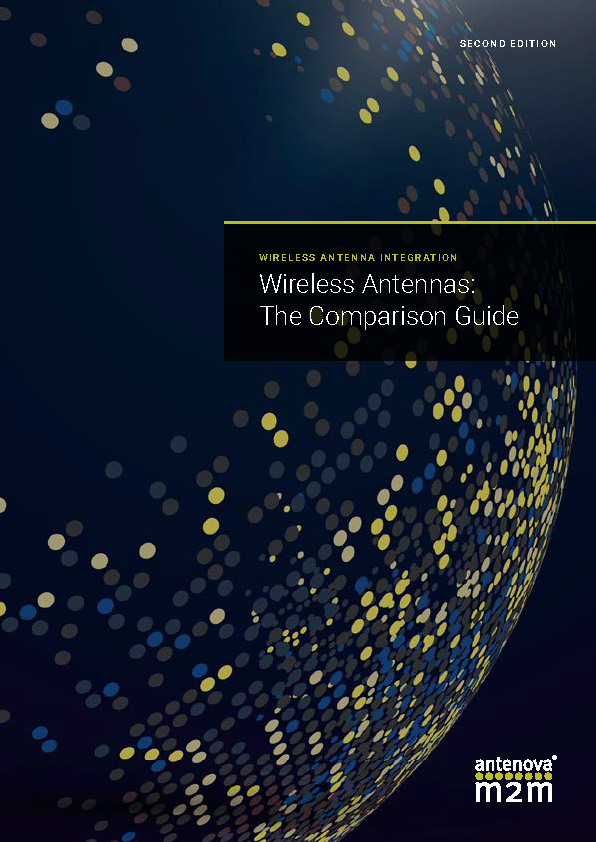One of the most frequently asked questions of our engineers is about GNSS accuracy and improving it. There are several steps we recommend undertaking:
Firstly, review the antenna's matching circuit. Ensure it is tuned correctly, allowing the antenna to operate on the optimal frequency bands. If the antenna is not tuned correctly, then the reduced-performance antenna will convert lower signal strength to the receive.
Secondly, you may want to review elevation angle used for the SV. By default, most GNSS receivers aim to achieve the fastest fix time and mostly have a low elevation mask angle for the SV. If you increase the elevation mask angle from the default 5 degrees to 10, your receiver will ignore low-level SV.
Low-level SV tend to have the largest timing errors, simply because the atmosphere they pass through is the most challenging – and may contain SV that has been reflected from buildings.



